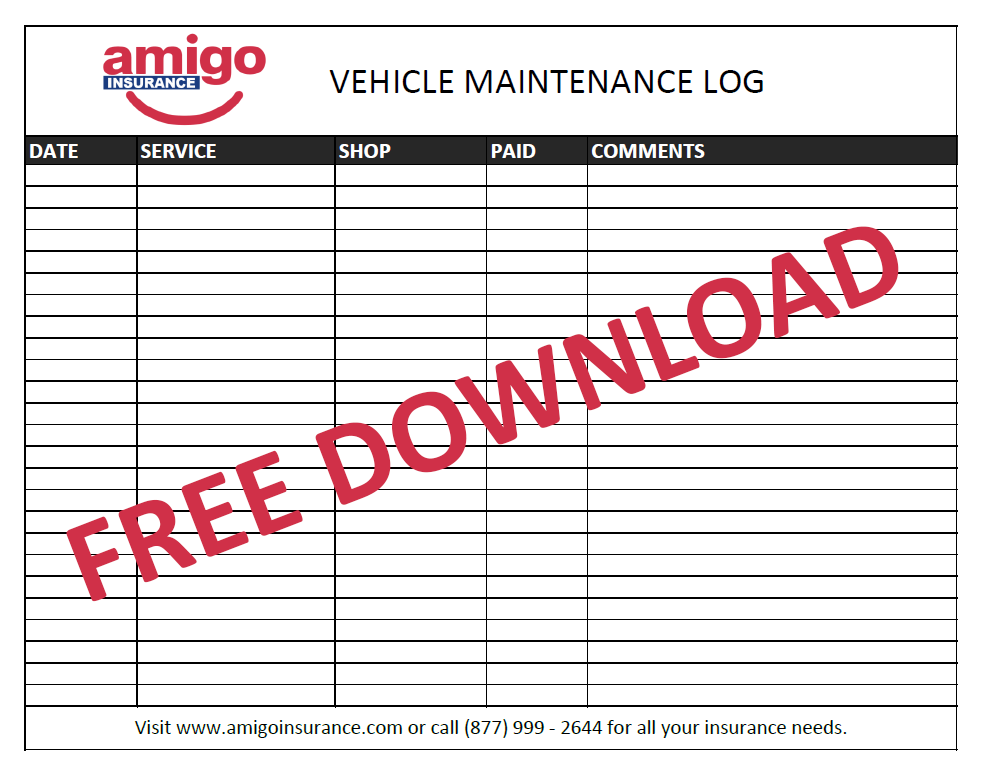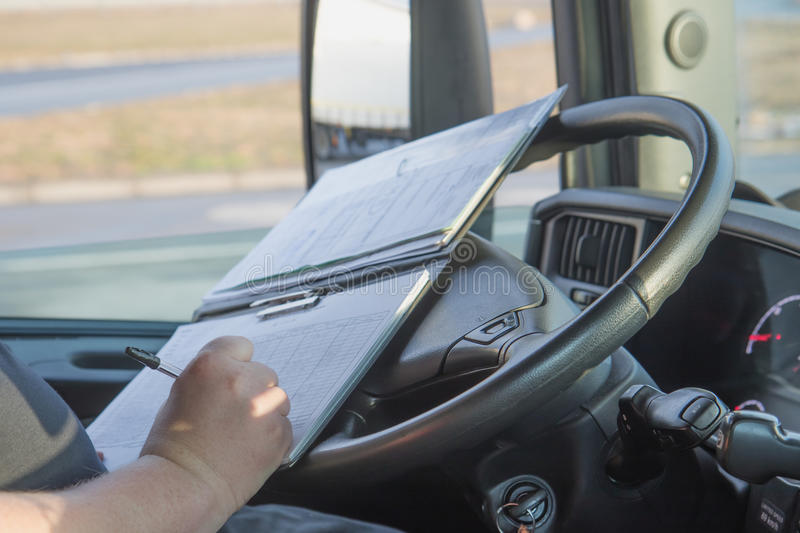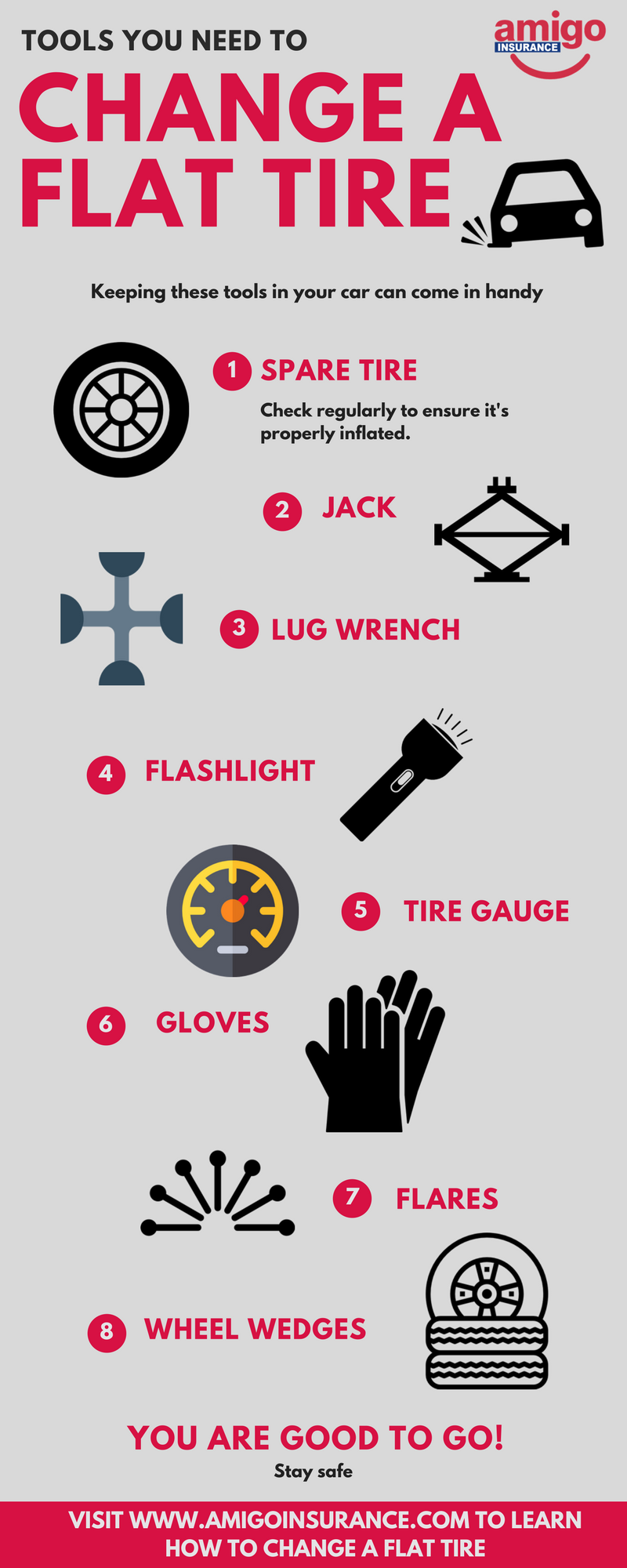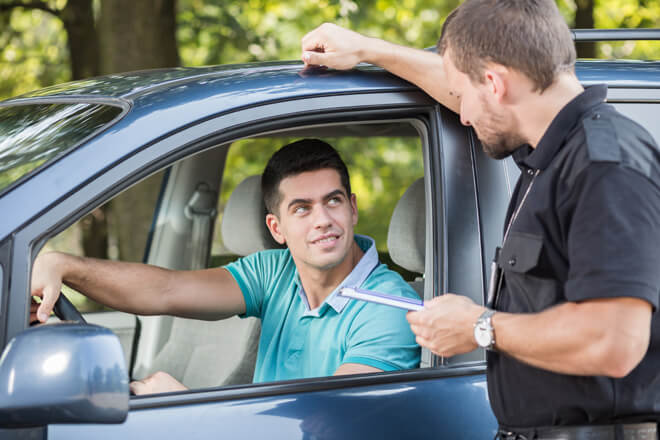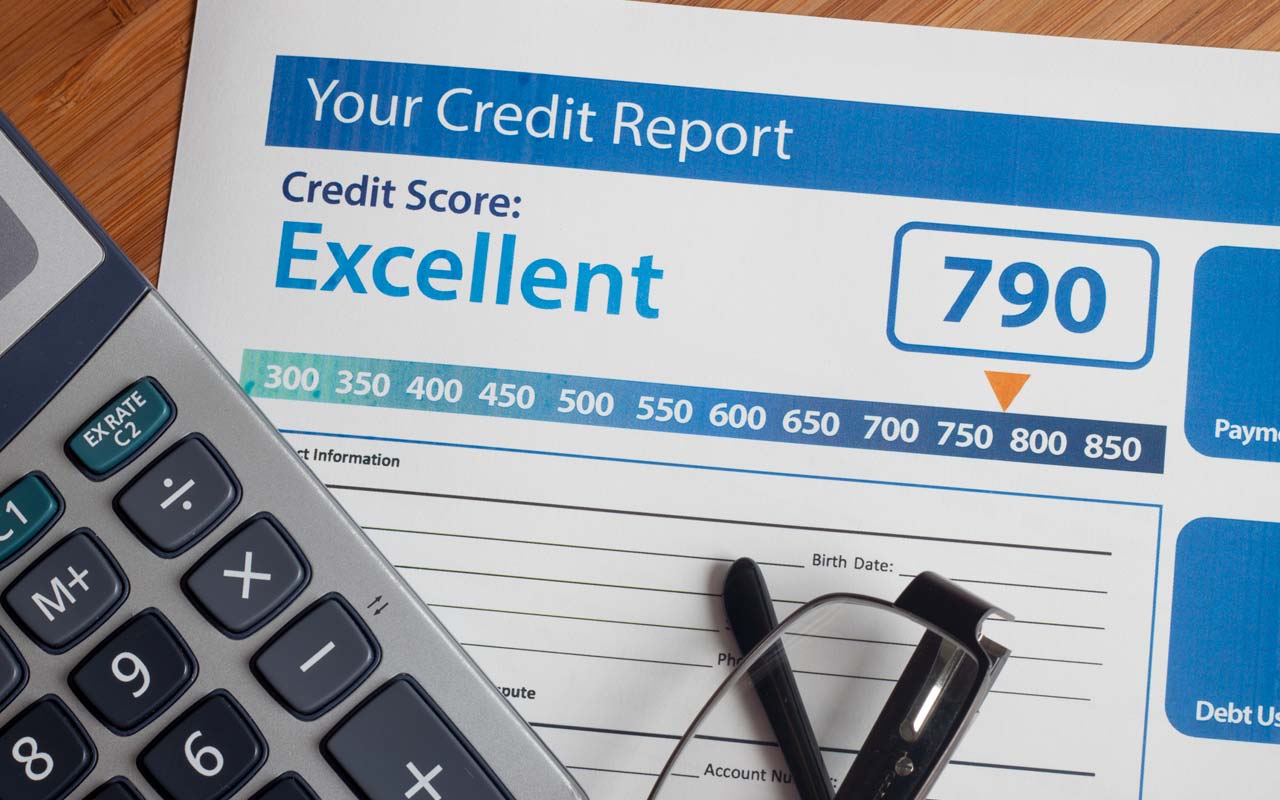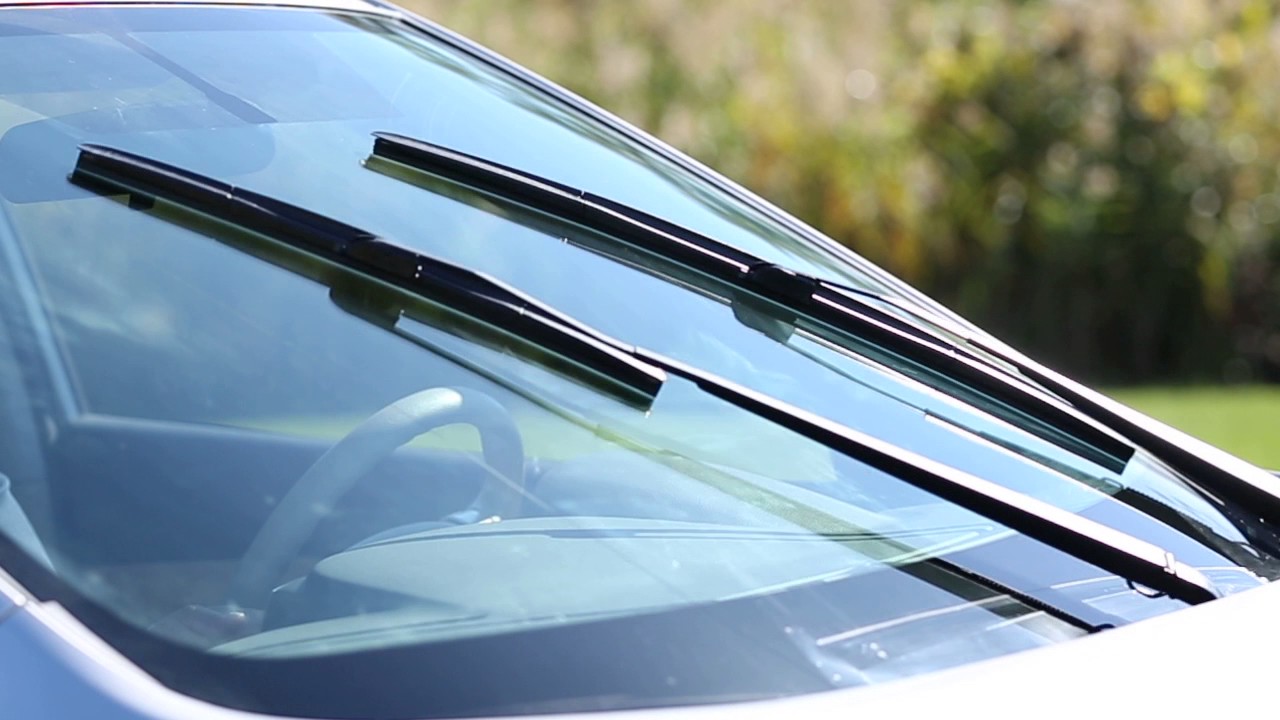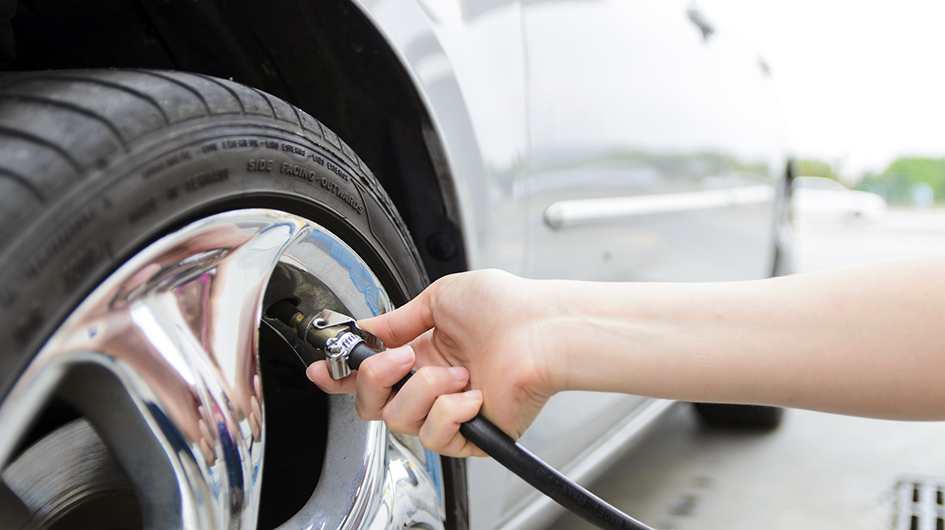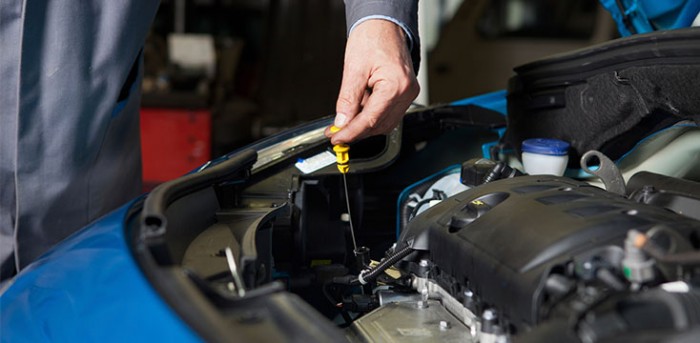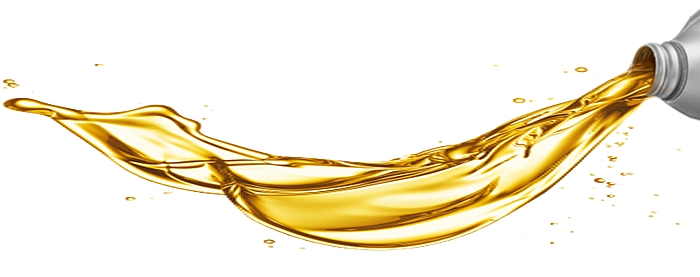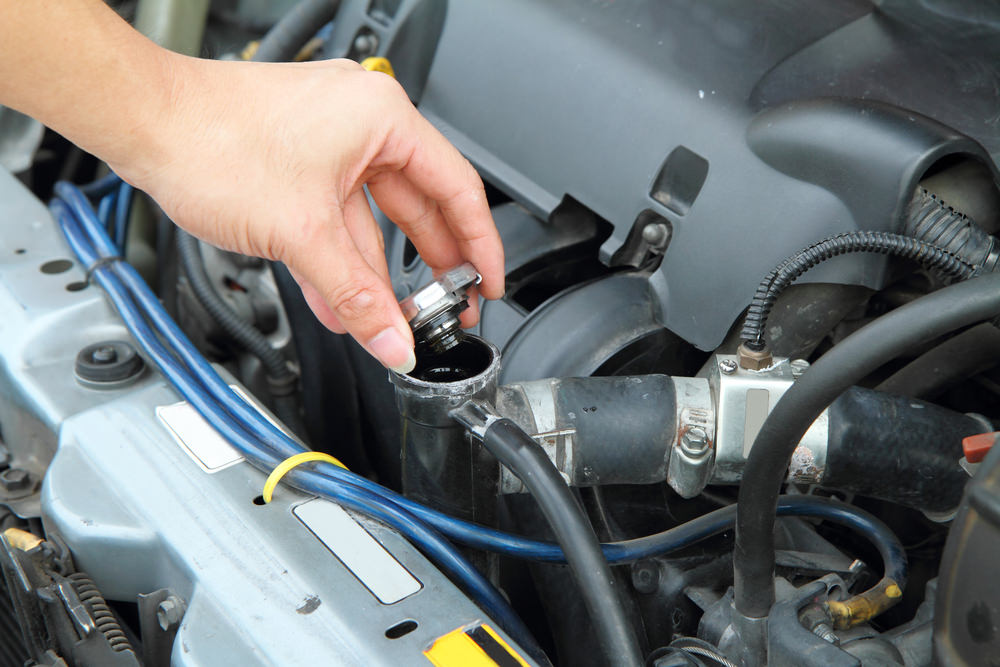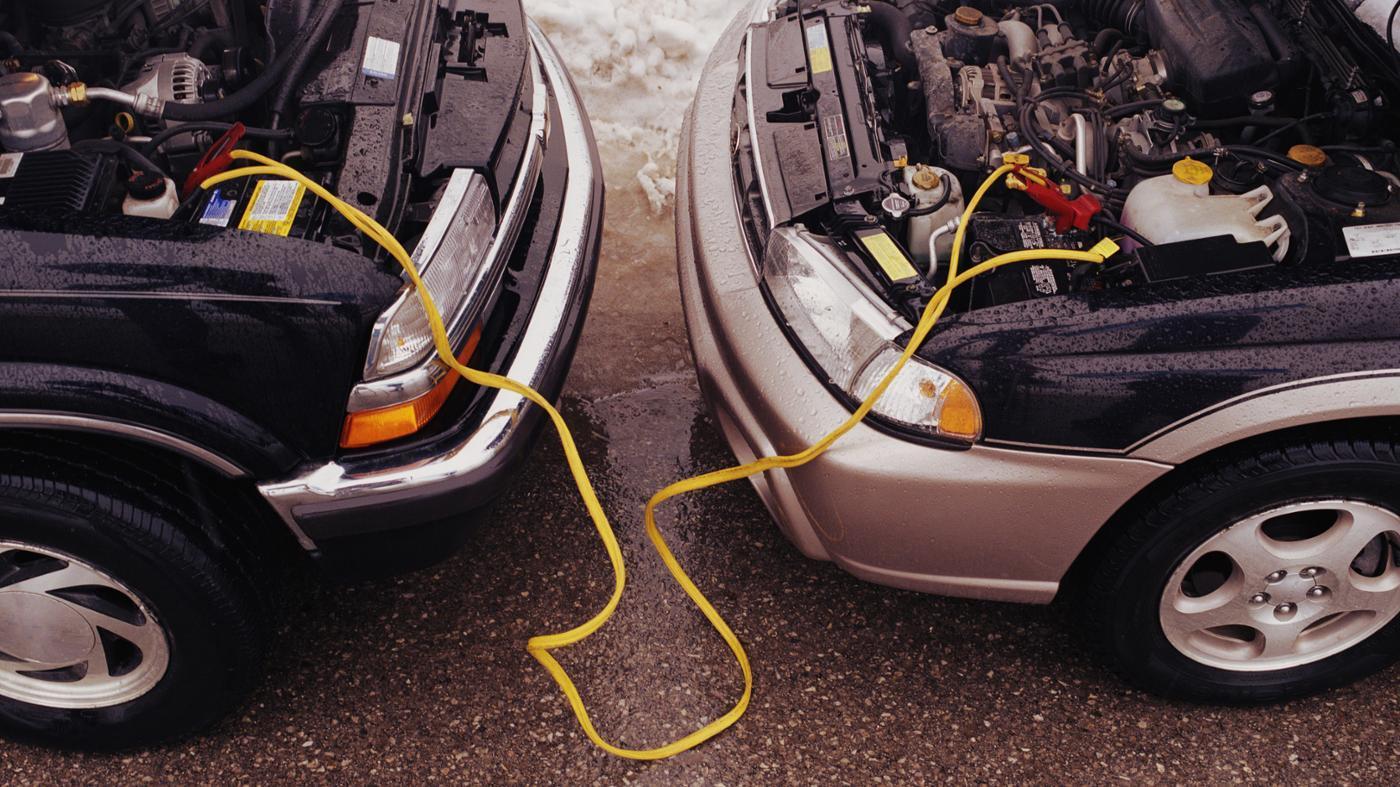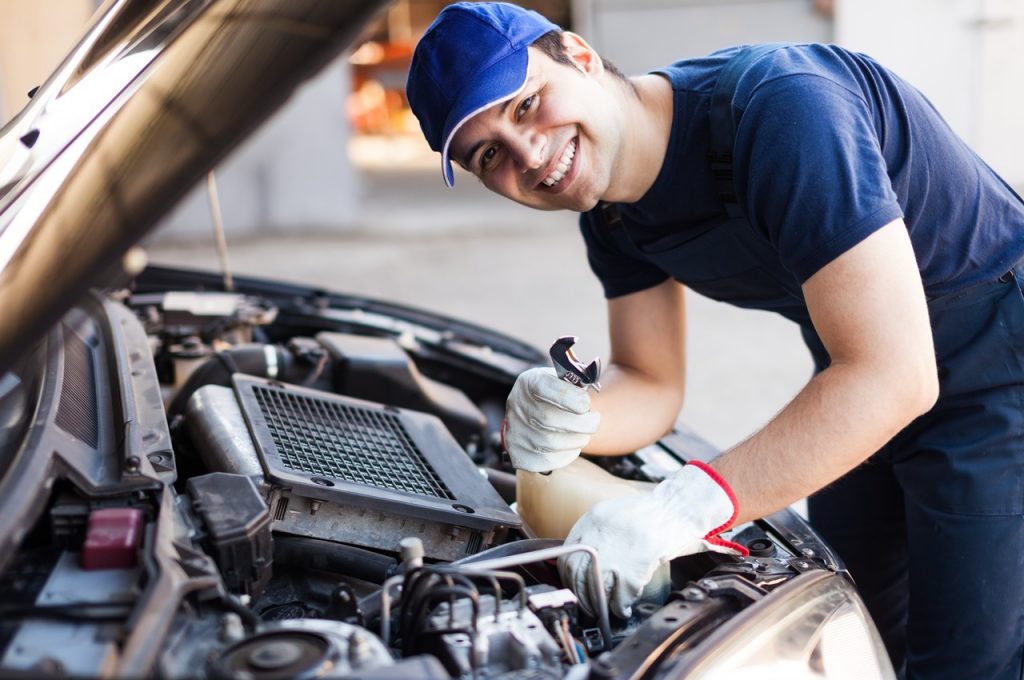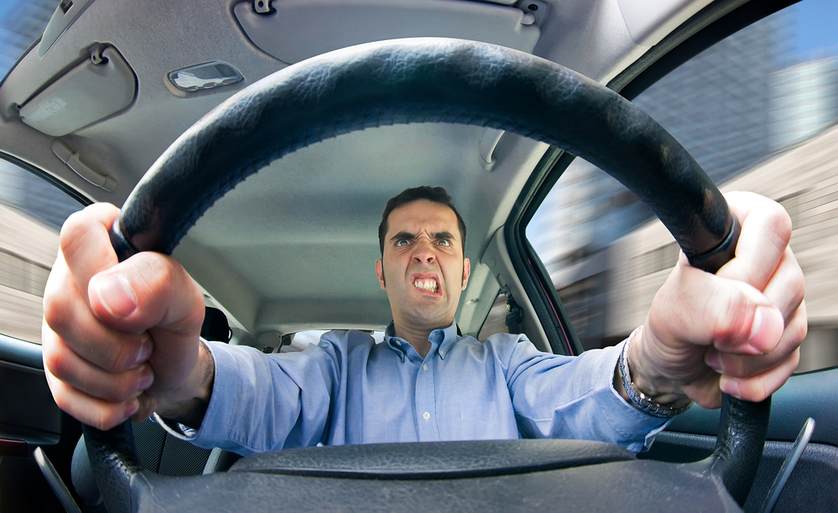While it looks like spring is still a couple more weeks away, there’s no reason why you shouldn’t start planning your car’s clean up. Here are a couple of tips that will help you start the season safe and in style.
1) Remove your winter tires. Winter tires are made with a unique compound that creates traction on icy roads. This compound can be easily damaged by the heat during hotter seasons, leaving your tires unsafe to use when it’s winter once again.
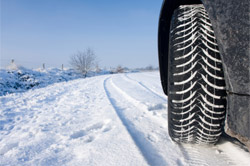
2) Wash your car. After months of driving on salty roads, ice and snow, your car deserves a little sprucing up. Wash your vehicle outside on a nice day or take it to your choice of car was to scape off any excess salt, mud, or grime. If possible, finish with a car wax to help seal the paint and add a new, shiny coat.

3) Detail, detail, detail. The outside of your car isn’t the only place needing a little TLC. Your car’s interior is equally important. During the winter months, car mats are covered with road salt, carpets are grimy, and dashboards hide behind a layer of dust. Make sure to vacuum your floors, hose down mats with a pressure washer, and thoroughly clean fabrics and carpets.
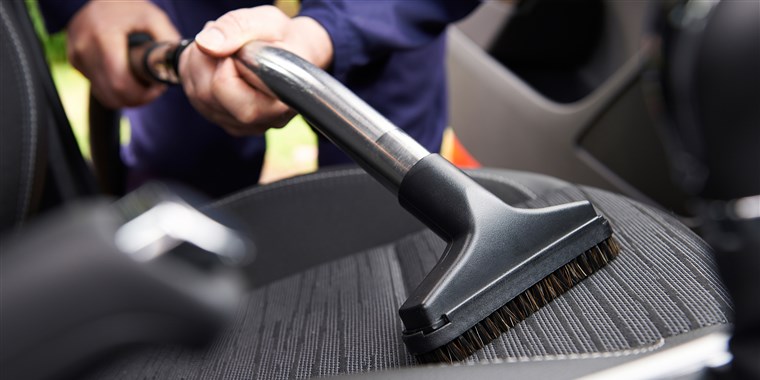
4) Clean our your trunk. It’s often easier to toss all our auto winter gear in the trunk. However, unless something is needed year-round, it’s a good idea to clean out any winter tools that are just taking up space. This won’t only give you more room to store summer things but lighten up the carload too.
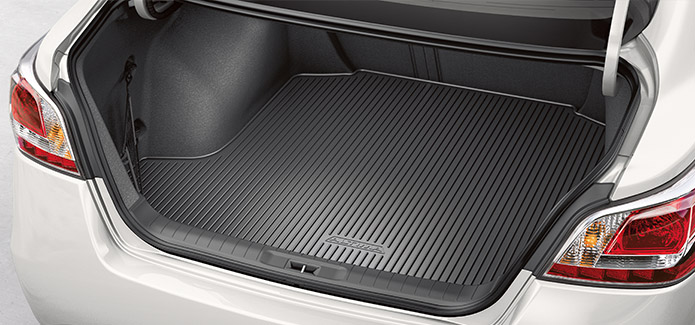
5) Take your car in for service. No better time than spring to take your car for a general maintenance check. After driving in harsh winter conditions for months, your car may need a quick tune-up to get back into shape. Be sure to check your headlights/taillights, replace damaged wiper blades, and check tire alignments.
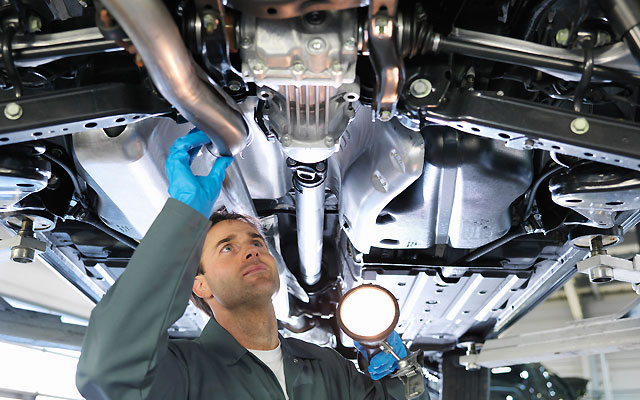
So, there you have it. Winter may not want to go away, but planning in advance never hurt anyone. Especially when it comes to making sure your car is in excellent condition and road ready.



